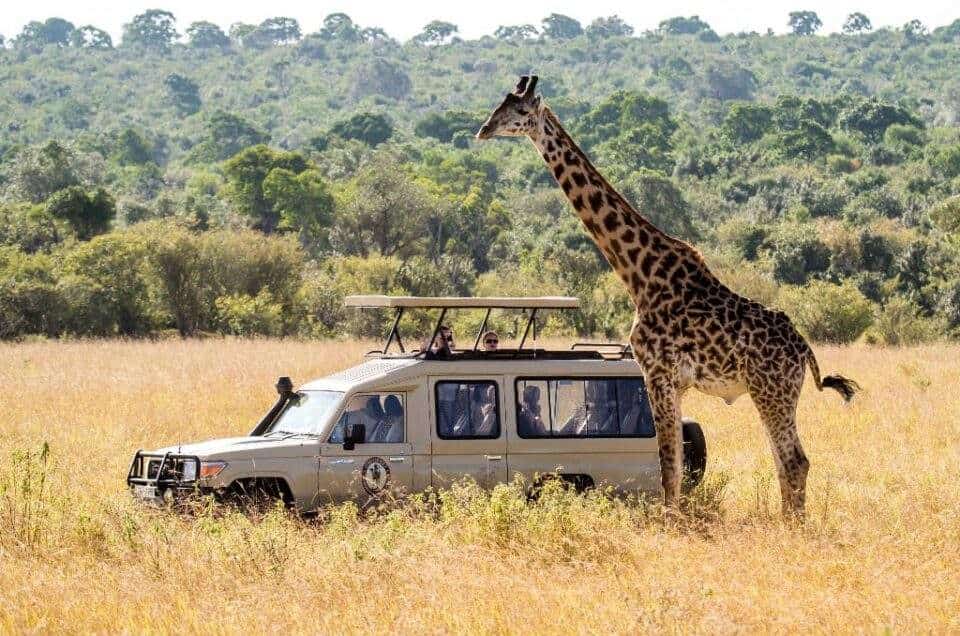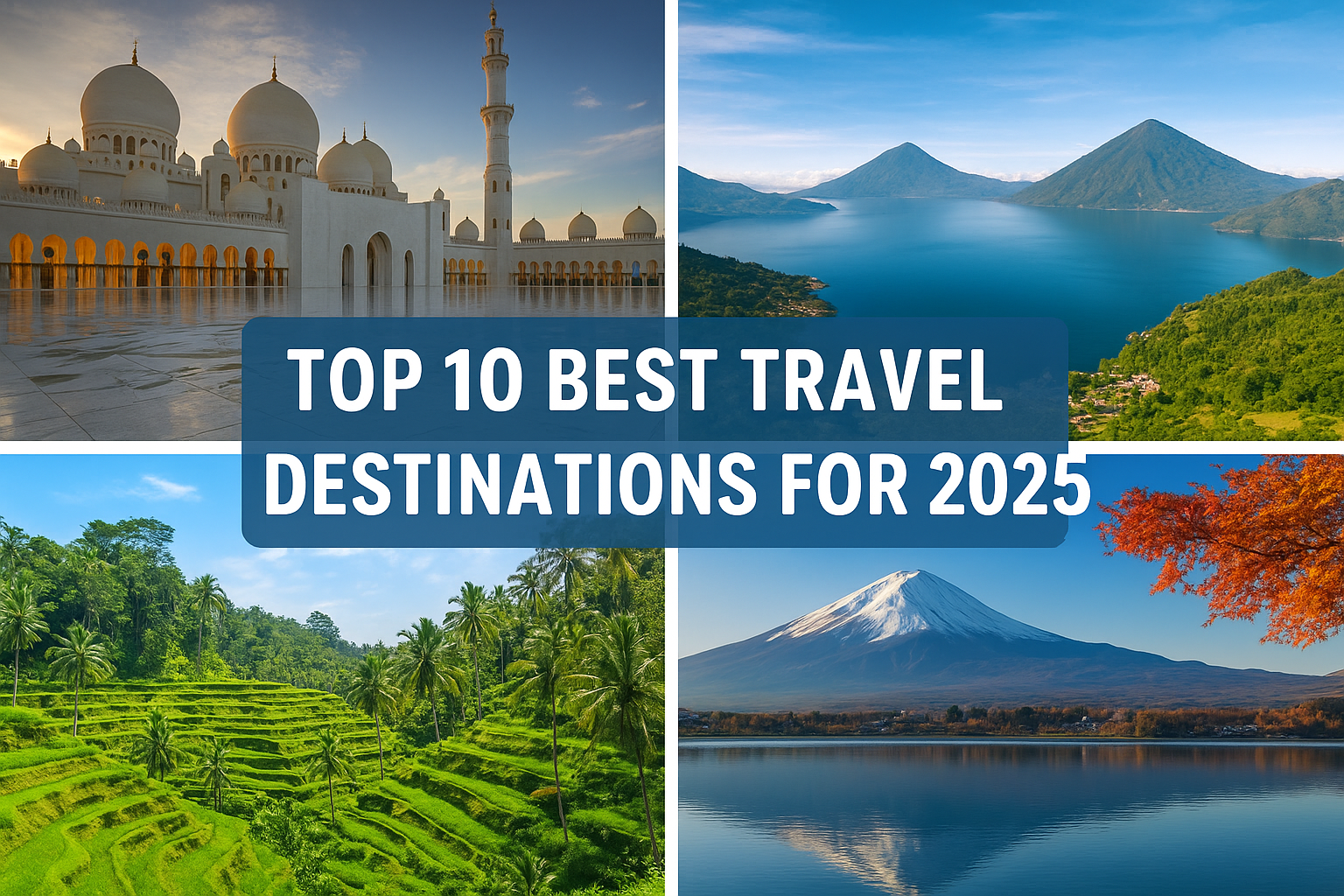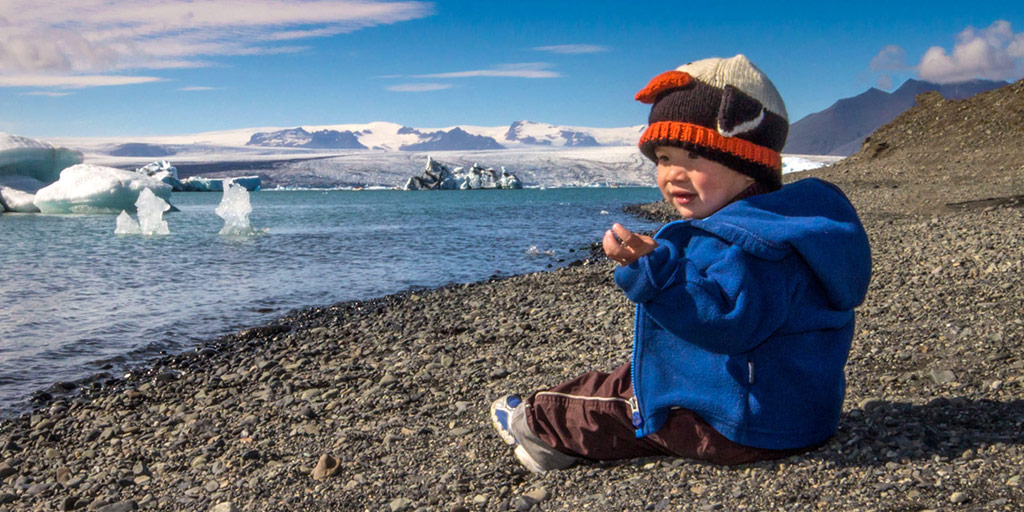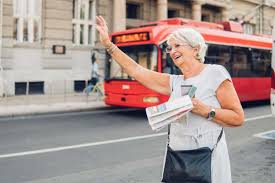
- September 27, 2025
- admin
- 0
Safe Solo Travel: A Female Traveler’s 9-Month Guide to Exploring the World with Confidence
Stepping Into Solo Travel Freedom
There comes a moment in life when the rules change. Responsibilities shift, routines fade, and suddenly the world feels wide open. That’s where I found myself: free to travel without deadlines, without anyone to answer to, without the safety net of a partner or family tagging along.
But here’s the thing—I had never traveled alone before. Every journey I’d taken was with a partner, friends, or family. So when I planned a nine-month trip across four continents, filled with bustling cities, sleepy villages, and countless unknowns, I realized I needed more than a backpack and a plane ticket. I needed a game plan for staying safe while traveling solo as a woman.
If you’ve ever wondered whether you can travel the world alone and feel both safe and free, this guide is for you. I’ll share my own stories, hard-learned lessons, and practical safety tips that every solo female traveler should carry in her toolkit.
1. Why Solo Travel as a Woman Is Empowering
Traveling alone as a woman isn’t just about seeing new places—it’s about stepping into independence. Every decision is yours: where to eat, when to move on, whether to wander through a market or sit quietly in a park.
But empowerment doesn’t mean throwing caution to the wind. It means recognizing risks, preparing for them, and refusing to let fear dictate your choices. It’s about saying: Yes, I can do this—and I’ll do it smartly.
2. My First Encounter with “Bad Vibes”
In Ischia, Italy, my partner and I once stopped at a bar for a snack. Out of nowhere, a group of men on motorbikes appeared, shouting in Italian at the cook inside. The waitress looked distressed, repeating, “There are people here, go away!”
We didn’t need a translation. The energy was off, the vibes were wrong, and our instincts screamed to leave. We paid the bill and walked out without looking back.
Lesson? Trust your gut. If a place feels unsafe, don’t rationalize it—just go.
3. Accommodation: Your First Line of Defense
Choosing where to stay is one of the most important safety decisions you’ll make.
-
Research like your safety depends on it (because it does): Don’t just skim reviews—read what other solo female travelers say.
-
Staff that care = security: Friendly, professional staff can be your allies if something goes wrong.
-
Private vs. dorm: A dorm may be social, but a private room often provides better safety and peace of mind.
In Lisbon, I stayed at a hostel in Príncipe Real. Over breakfast, a retired solo traveler from the 80s shared a story of getting lost in Morocco and stumbling upon a hidden pottery workshop. His words stuck with me: “Getting lost is the most expensive education you can buy, but also the cheapest way to find yourself.”
Sometimes safety isn’t just about locks and alarms—it’s about wisdom passed from one traveler to another.
4. Out After Dark: Setting Boundaries with the Night
Exploring a city after dark can be magical—but it’s also when most risks appear.
-
Scout during the day: Walk the route you’ll take at night so you’re not navigating unknown alleys in the dark.
-
Local women are your radar: If women vanish from the streets at night, take it as your cue to head home.
-
Have a ride plan: Download local ride-hailing apps before you arrive (Uber, Bolt, Grab, Careem, depending on the region).
5. The Power of Assertiveness
One of the hardest lessons for women? You don’t owe anyone politeness.
-
If someone makes you uncomfortable, don’t explain—just walk away.
-
If asked why you’re alone, say your partner is waiting for you (or has food poisoning back at the hotel).
-
Practice your “no” face. Sometimes indifference is your strongest shield.
6. Bars & Nightlife: Staying Social and Safe
Nightlife is part of travel—but it comes with risks.
-
Order drinks you can open yourself.
-
Never leave your glass unattended.
-
Stay sober enough to make sharp decisions.
-
Leave the second the energy shifts—whether it’s a fight brewing, overly flirty bartenders, or predatory behavior.
Remember: there’s no shame in walking out halfway through your drink.
7. Hostels & Fellow Travelers
Other travelers are not automatically safe just because they’re also tourists.
-
Secure your belongings: Use a bike lock or cable to attach your bag to the bed or luggage rack.
-
Don’t overshare: You don’t need to tell strangers your room number, travel plans, or that you’re solo.
-
Use hostel apps wisely: Bumble BFF, Hostelworld chat, or Travelladies are great ways to connect—but always meet in public first.
8. Digital Safety: Protecting Yourself Online
-
Don’t geotag in real time. Wait until you’ve left a place before posting about it.
-
Hide personal info: Be vague about where you’re staying.
-
Carry a power bank: A dead phone can quickly turn into a dangerous situation.
9. Health & Emergency Preparedness
Packing a small medical kit can save your trip. Bring:
-
Painkillers, anti-nausea meds, and decongestants.
-
Enough of your prescriptions for the trip.
-
Contraceptives and STI protection.
-
A belly pouch with emergency cash, a passport copy, embassy contacts, and medical info.
If something happens, you’ll thank yourself a hundred times over.
10. Transportation & Street Smarts
-
Traffic is often the biggest danger. Cross carefully, even when locals don’t.
-
Stray animals: Stay cautious—rabies is a real risk in some regions.
-
Public transport: Sit near women, families, or elderly passengers.
11. Scams: The Friendly Trap
Tourist scams are as old as tourism itself.
In Italy, men tried to hand me “free” bracelets, then demanded money. I deflected by saying, “Actually, I’m from Africa,” (true, though unexpected for them). Their shock gave me just enough time to walk away.
Tip: Prepare quick responses like “I don’t carry cash” or “Everything’s in my hotel.”
12. Dressing & Blending In
This isn’t about erasing your identity—it’s about respect and protection.
-
Dress modestly in conservative cultures.
-
Watch how local women respond to catcalls or unwanted attention, and mirror their reactions.
-
The less you stand out, the less likely you’ll be targeted.
13. Trust Your Gut: The Ultimate Safety Tool
Whether it’s leaving a bar, refusing a ride, or deciding not to hike alone, your instincts are your strongest compass.
Safety isn’t about paranoia—it’s about awareness. You’re already adventurous for booking the trip. You don’t need to prove anything by ignoring your gut.
14. The Magic of Solo Travel (Even When It’s Messy)
The retired traveler in Lisbon reminded me: getting lost can be a gift. Yes, it’s scary at times, but it’s also where the magic happens.
You may miss a “must-see” attraction—but stumble into a hidden pottery workshop in Morocco. You may plan your night perfectly—yet end up laughing at yourself while taking the wrong bus in Porto.
Solo travel is about those moments. And when you balance safety with openness, you give yourself the freedom to experience them fully.
Safety as Freedom
Solo travel safety isn’t about locking yourself away—it’s about creating a foundation strong enough that you can explore with confidence.
You don’t owe strangers your story. You don’t need to drink more to fit in. You don’t need to be “adventurous enough” to impress anyone.
Because here’s the truth: the moment you step onto that plane alone, you’re already adventurous.
So pack your meds, charge your phone, practice your “no,” and go see the world. You’ll not only find new places—you’ll find yourself.









